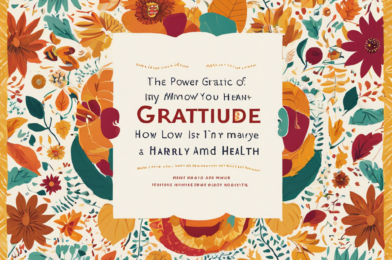## Unveiling the Intricate Link: Mental Health and Physical Wellness
The interplay between mental health and physical well-being is a fascinating and crucial aspect of our lives, impacting our overall health in profound ways. It’s high time we delve into this intricate connection and explore how these two facets of our health are intertwined. Understanding this relationship can empower individuals to take a holistic approach to their well-being and lead healthier, happier lives.
Our mental and physical health often dance in a delicate balance, influencing each other significantly. Research suggests that mental health disorders can contribute to physical ailments and vice versa. For instance, individuals with depression may experience increased muscle aches, fatigue, and digestive issues. Similarly, chronic physical illnesses can lead to anxiety and depression. The mind-body connection is undeniable, with mental distress potentially manifesting as physical symptoms and untreated physical health issues potentially worsening one’s mental state. This two-way street highlights the importance of comprehensive healthcare that addresses both the mind and the body.
Promoting physical wellness can have a positive impact on mental health. Engaging in regular exercise, for instance, can reduce symptoms of anxiety and depression while boosting self-esteem. Physical activity prompts the release of endorphins, our body’s natural mood lifters, which can leave you feeling happier and more relaxed. Moreover, exercise provides a healthy distraction from stressful thoughts and daily worries, allowing individuals to focus on the present moment and experience a sense of accomplishment.
On the other hand, nurturing your mental health can enhance your physical well-being. Stress management techniques, such as meditation and deep breathing exercises, can lower blood pressure and improve heart health. Relaxation practices also reduce the production of stress hormones that can negatively impact the immune system. When we feel mentally strong and balanced, we’re more likely to make healthier choices, such as eating nutritious foods, getting quality sleep, and maintaining good hygiene, all of which contribute to our physical wellness.
In conclusion, the link between mental health and physical wellness is a powerful reminder that our bodies and minds are not separate entities but integral parts of a whole. By recognizing and addressing this connection, we can take proactive steps towards achieving and maintaining a healthier, more fulfilling life.









